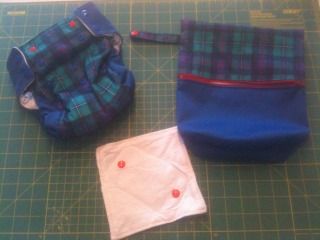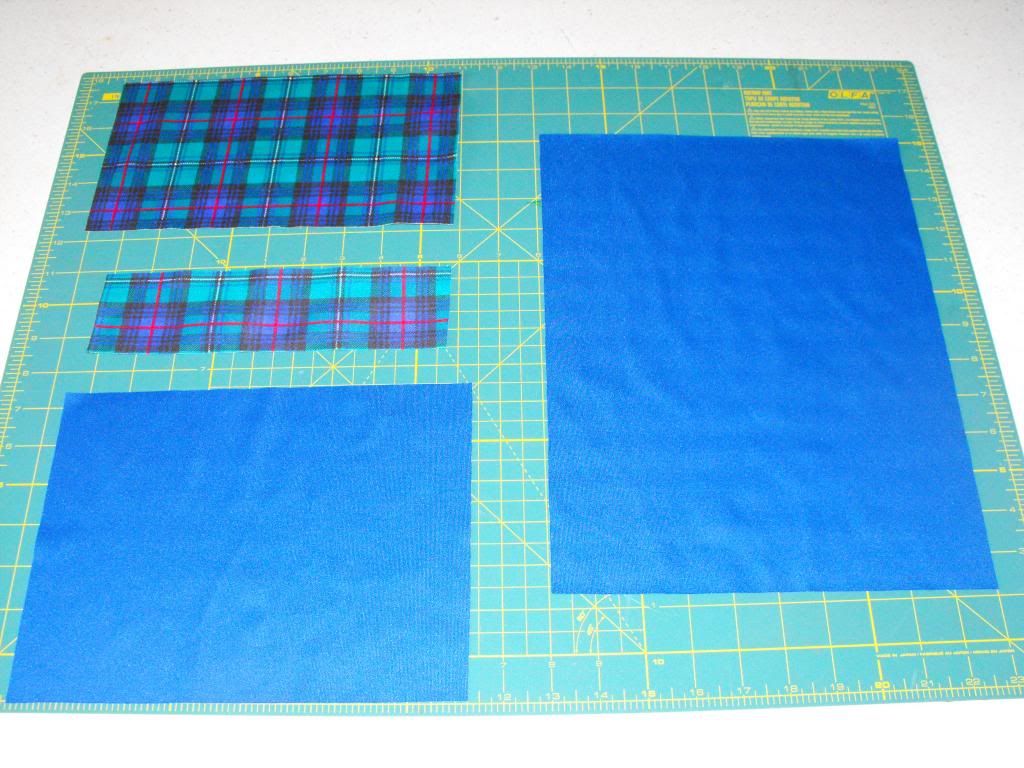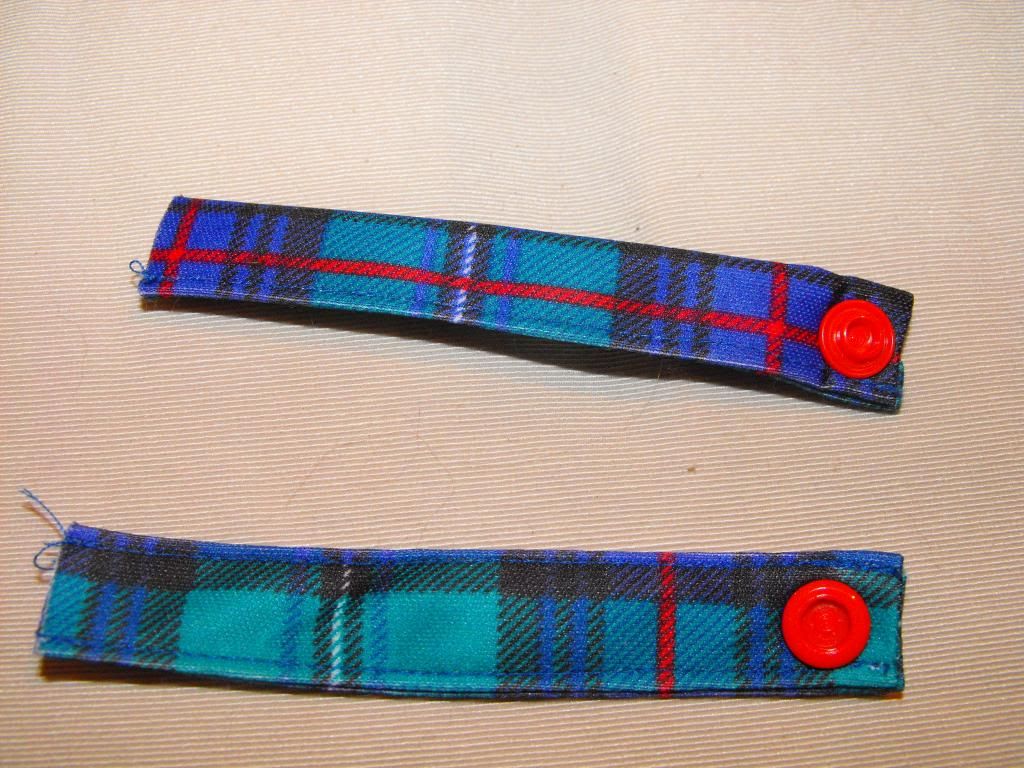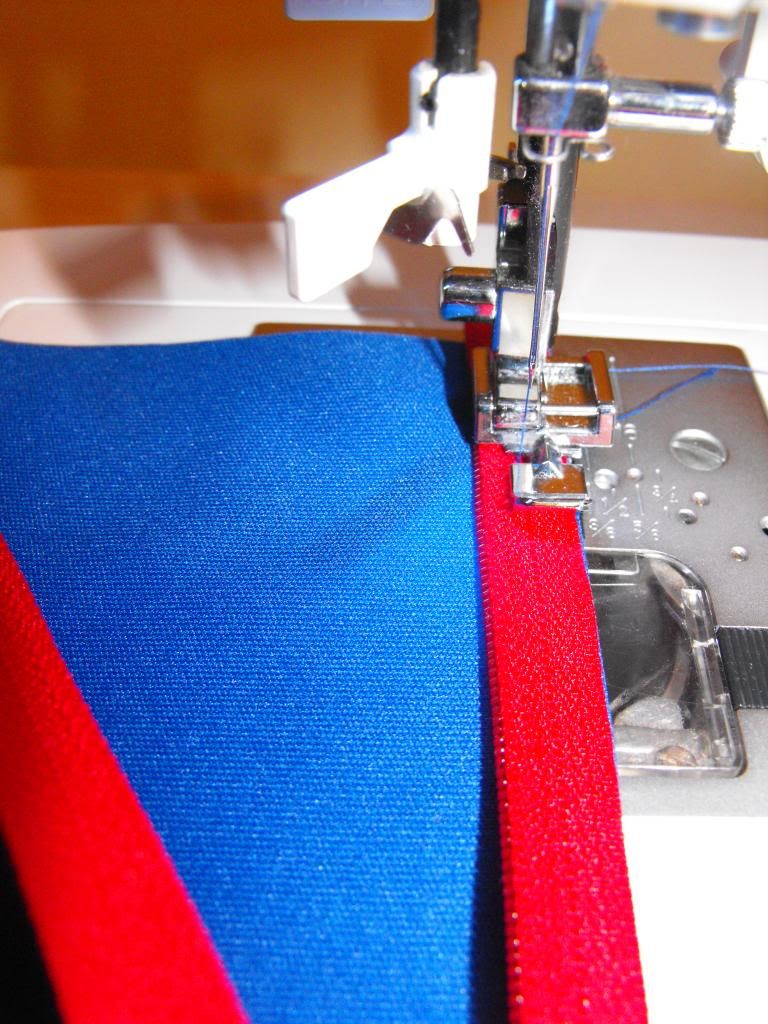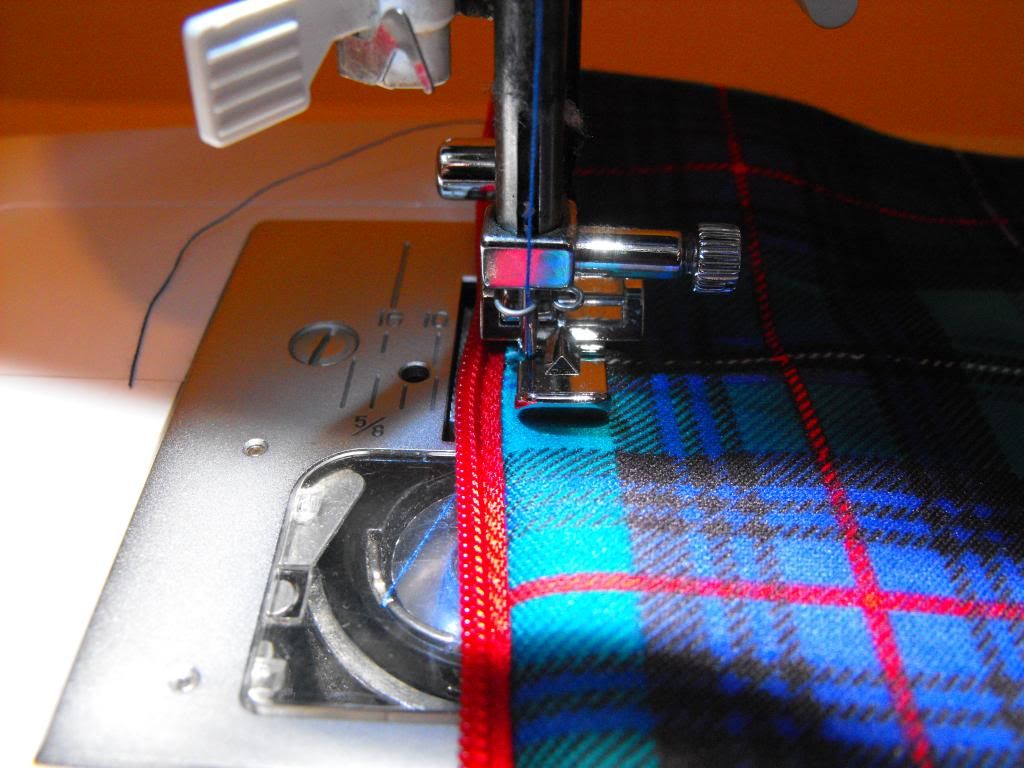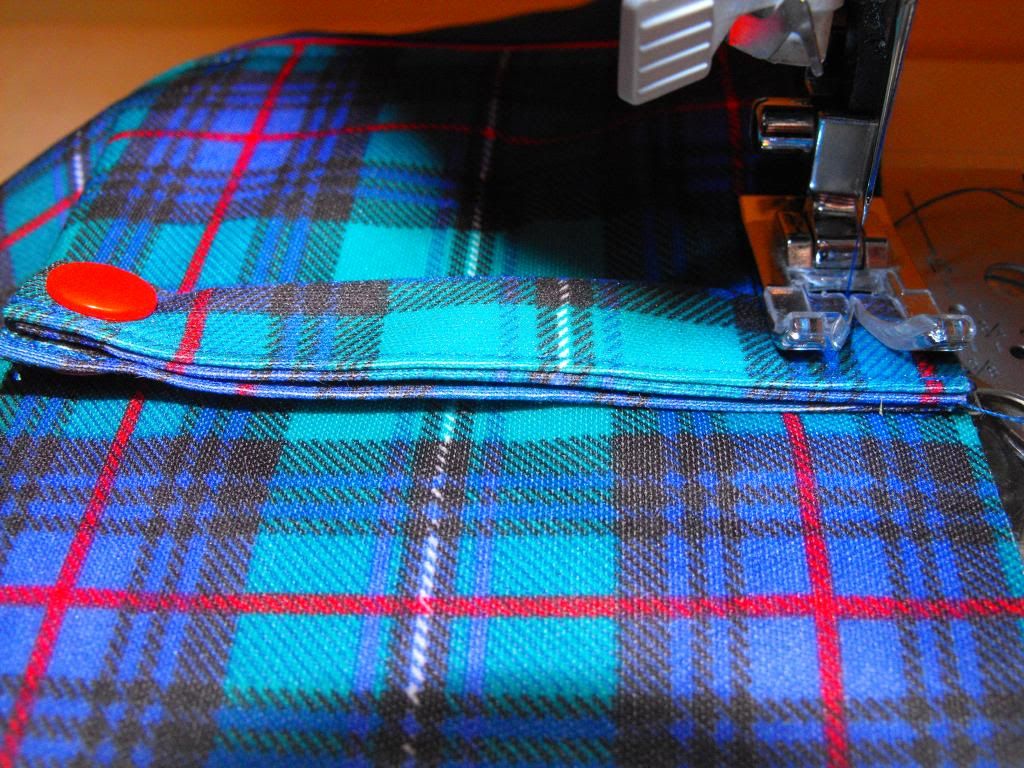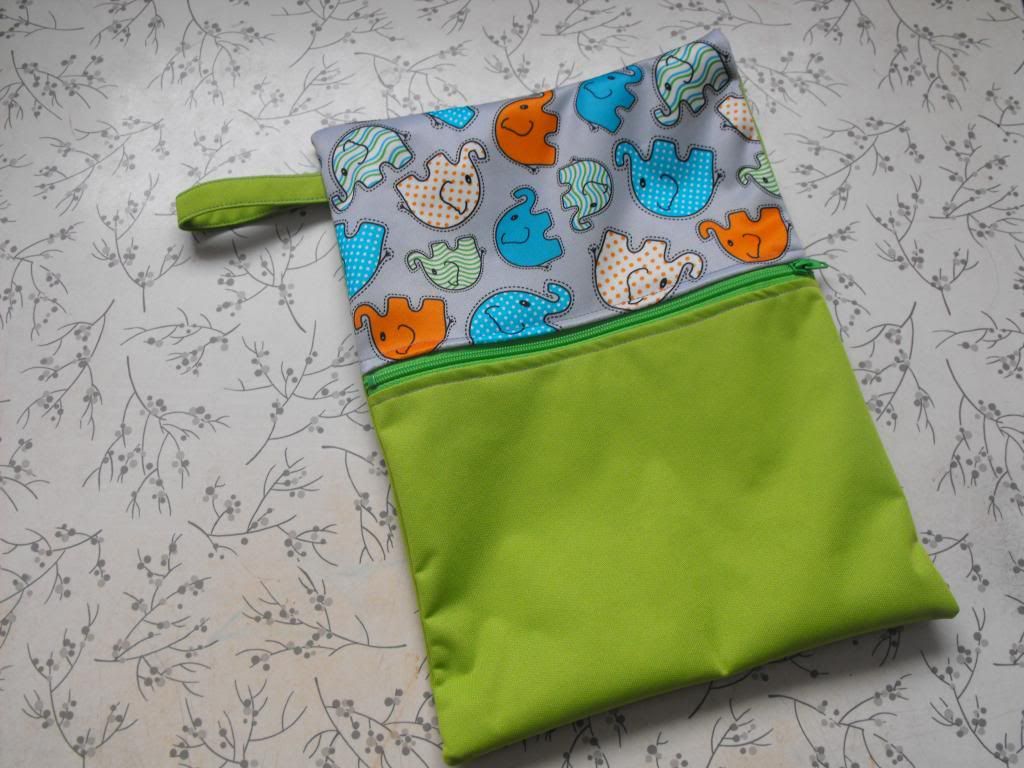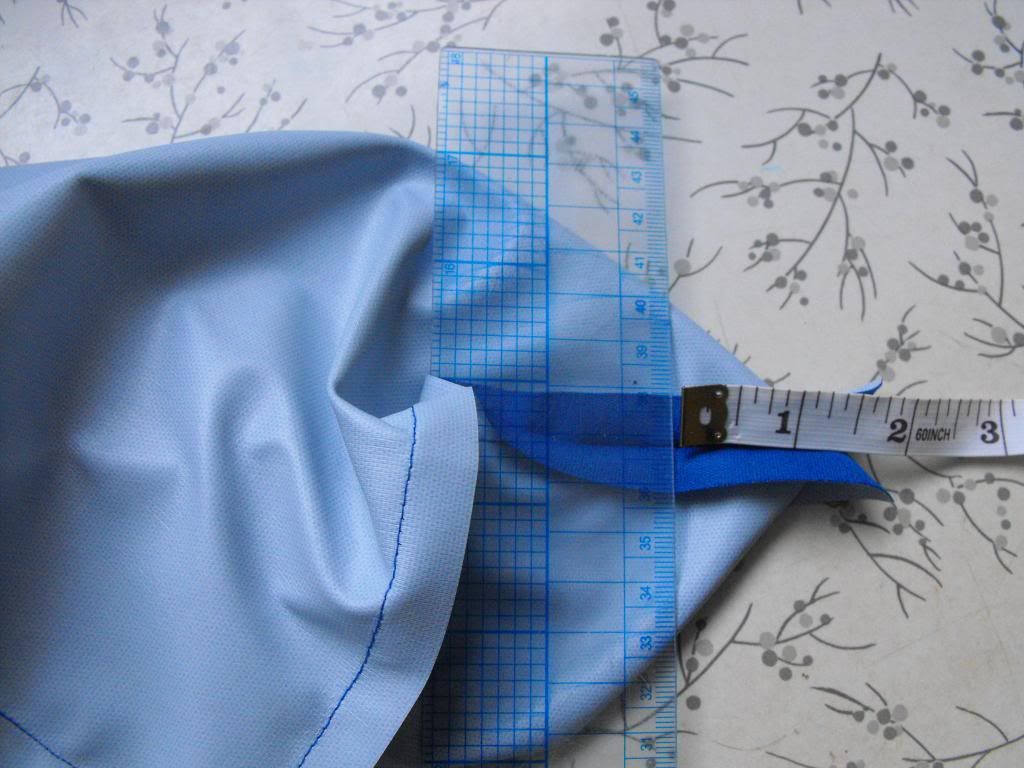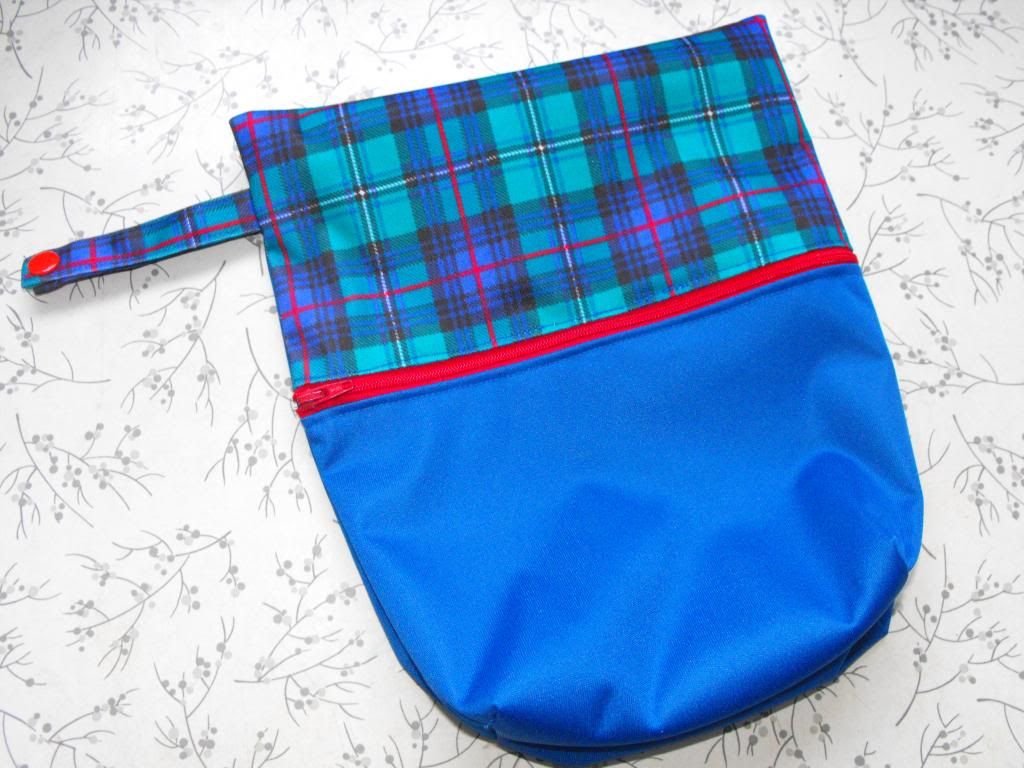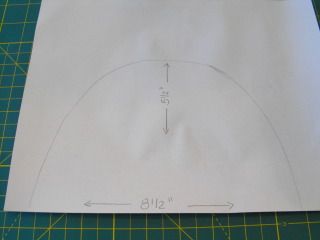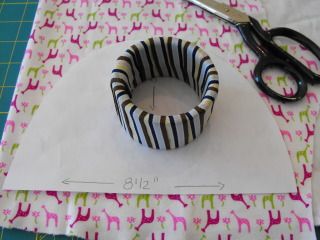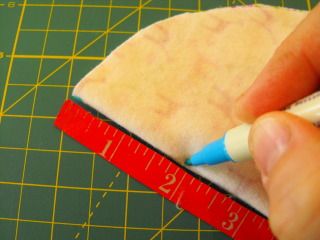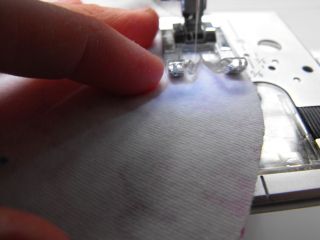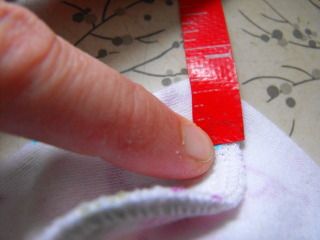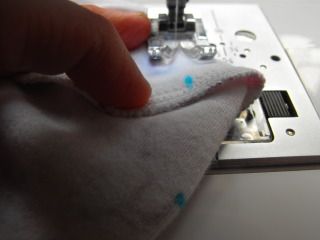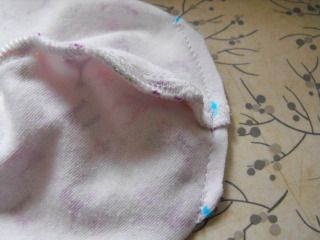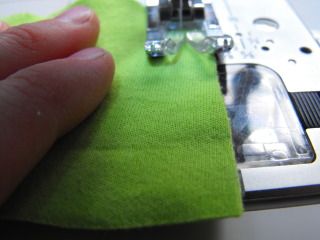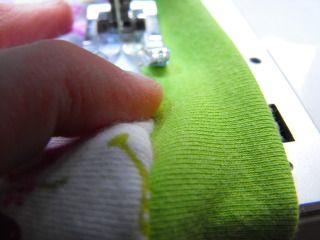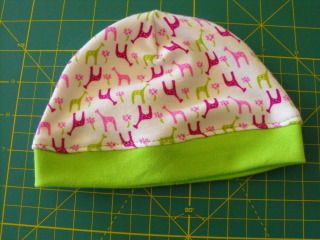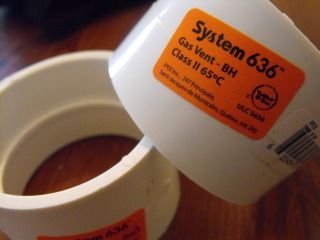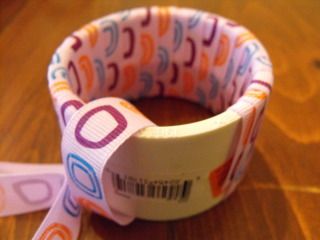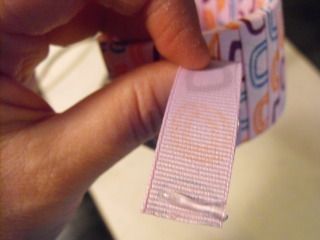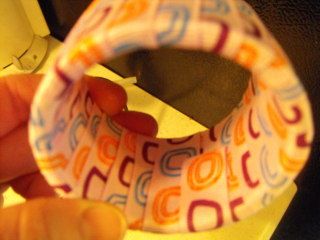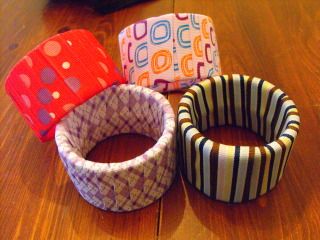 |
| Baby Boy's Quilt - Was he really that small? |
I sorted out all my remaining 8" squares as well as cut some more from remnants I had left in my stash, then hit the fabric store for the backing flannel. I was able to make use of cotton quilt batt I had left in my stash from my other quilts. (A rag quilt can really be a way to make use of the leftover bits!)
There's loads of tutorials and patterns out there for how to make a rag quilt, and I'm sure they're all pretty much the same, but I thought I'd give you my quick and easy take on making one.
FLANNEL RAG QUILT FOR BABY
Gather your materials together. If you cut carefully you should be able to get five squares out of an 8" strip of flannel, but you will want to make sure you leave yourself extra length to straighten the edge. Do NOT pre-wash your flannel. (I know it seems an odd thing to not preshrink, especially flannel, but trust me on this one!) 25 8" squares will produce an approximately (depending on shrinkage) 36" square quilt once finished.
Step One - Prepare your fabrics by cutting :
25 x 8" squares of assorted prints or solids flannel (pick whatever suits your fancy for the quilt top)
25 x 8" squares of either print or solid flannel (all of one fabric for backing)
25 x 6.5" squares of cotton quilt batt
Step Two - Make a flannel sandwich :
Take one backing square and lay it wrong side up, making sure that if you are using a directional print you have it facing the way you would like it. Then place a cotton batt square in the middle of your backing square, finally put the top on your sandwich right side facing up. Once you have made all 25 of your sandwiches you will be ready to start sewing.
 |
| Make a sandwich |
You will simply sew an X across each of your 25 flannel sandwiches. Your blocks are now quilted and ready to go.
 |
| Sewing the X |
Step Three - Deciding on placement :
Once you are done sewing all 25 flannel sandwiches you are ready to determine your placement of each. I find the easiest way to do this is to clear a space on your floor so you have room and just set the blocks out in rows of five. Then you can start playing with the arrangement. Move your squares about until you have it the way you like it. There is no right or wrong way to go here, just be mindful of your direction of your squares if you have a directional print at all. When you have your arrangement the way you'd like it, stack your blocks in piles with the first on the row being the top of the pile and the last being on the bottom. It also helps to take a photo of your arrangement in case your blocks get mixed up between arranging them and sewing them together. Ahem. Not that something like that would ever happen to me. Ahem.
 |
| Determining placement (with the help of my trusty assistant, Fluffy) |
Step Four - Assembly :
You will now sew each of the blocks together by placing them WRONG sides together and using a 1/2" seam allowance. To keep things nicely lined up you will want to use pins in this step. Flannel can shift and slip, especially when things get bulky. (A walking foot can be useful here if you have one). Sew them into strips of five blocks each. Once all your blocks are sewn you will have five strips that need to be attached.
Next you will sew your strips together to form the quilt. Place your top and second strips WRONG sides together matching seams and pinning carefully. Then sew the entire length of the strip using a 1/2" seam allowance. Next place your second and third strips WRONG sides together and stitch. Continue in this manner until all five strips have been sewn to the previous one. Your final part of this step is to stitch 1/2" from the edge around the entire perimeter of your quilt. You're almost done now!
Step Five - Finishing :
Here comes the time consuming part. You are going to carefully snip all your seam allowances and the entire outside edge of the quilt. A pair of spring loaded scissors are really helpful with this and taking little breaks along the way will make life a lot easier and your hand a whole lot less sore. Be very careful not to cut through any of your stitching when cutting the seam allowances.
 |
| Carefully snip seam allowances |
Your final step in making your rag quilt is to wash and dry it. Do NOT simply throw it in your washing machine for this important first washing. You will regret it and it may result in the need for a repair man. It is going to produce an unbelievable amount of lint that your home machine likely cannot handle.
You have two options here. Go to your local laundromat or if that isn't feasible pop the quilt in a zippered duvet cover and wash it in your machine. At least that way the lint is contained, although you will be picking lint out of the duvet cover from here to eternity. Better that then your washing machine! (Once your quilt has been washed and dried for the first time it will be perfectly fine to wash with your regular laundry without risk of doom.)
Trim any long threads you may have missed, shake out the quilt to dislodge any remaining lint and then sit back and admire your snuggly, soft quilt. You're done. Don't those now fluffy seam allowances look great? Wasn't that easy?
 |
| A close up of the now softly frayed seam allowances |




